Storm Restoration Services
Conducting inspections immediately after a storm helps identify damage early, allowing for timely repairs and minimizing secondary issues.
Dry and calm weather conditions are ideal for performing storm restorations, ensuring safety and proper work execution.
Spring and early summer often provide favorable conditions for storm-related repairs, with less likelihood of weather disruptions.
Adhering to local building codes and permitting requirements is crucial when scheduling storm restoration work.
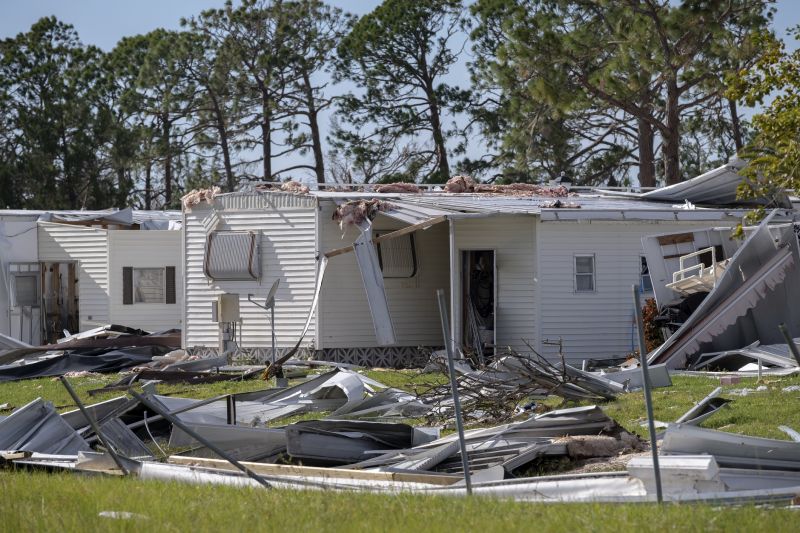
Assessing damage promptly ensures effective restoration planning.
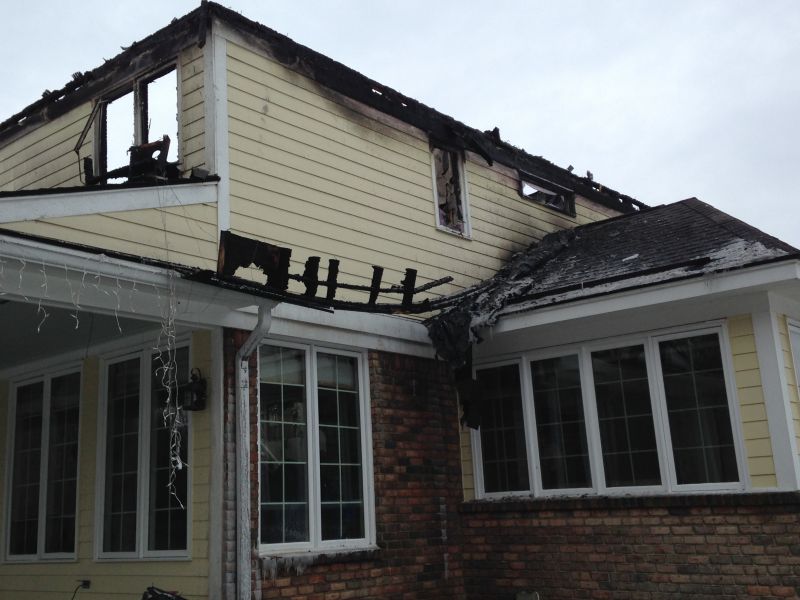
Timely repairs restore property integrity and safety.
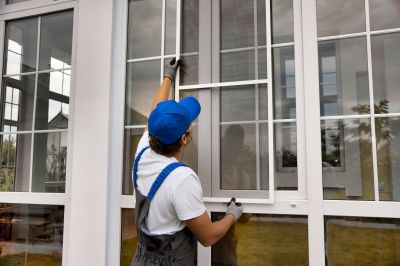
Final inspections confirm restoration quality.
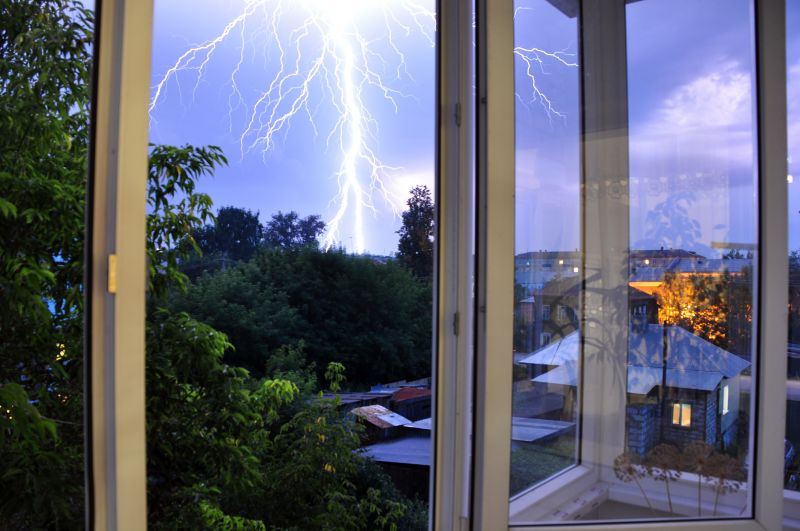
Ways to make Storm Restorations work in tight or awkward layouts.

Popular materials for Storm Restorations and why they hold up over time.
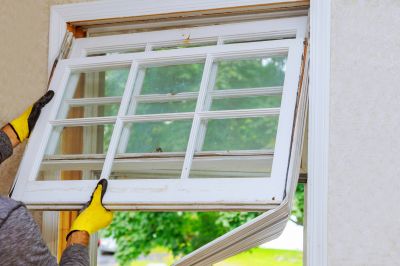
Simple add-ons that improve Storm Restorations without blowing the budget.

High-end options that actually feel worth it for Storm Restorations.
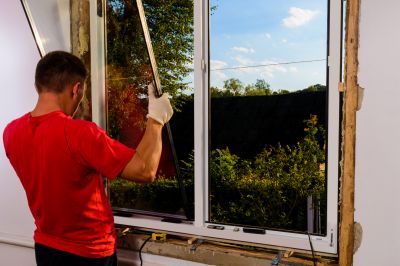
Finishes and colors that play nicely with Storm Restorations.
| Factor | Optimal Timing |
|---|---|
| Post-Storm Damage | Immediately after storm impact |
| Weather Conditions | Dry and calm days |
| Seasonal Timing | Spring and early summer |
| Storm Season | Before peak storm months |
| Local Regulations | Prior to permit deadlines |
| Property Type | Depending on structure and materials |
| Damage Severity | As soon as damage is assessed |
| Availability of Contractors | When qualified crews are available |
Storm restorations involve repairing and restoring properties damaged by severe weather events. These repairs include fixing roofing, siding, windows, and structural components to ensure safety and durability. Proper timing can reduce the risk of secondary damage, such as water intrusion or structural failure, which can escalate repair costs and safety hazards.
Statistics indicate that initiating repairs within the first few days after a storm can significantly decrease the likelihood of further deterioration. Delays may lead to increased damage from weather exposure, mold growth, and compromised structural integrity. Planning restoration efforts during favorable weather windows ensures safety and quality workmanship.
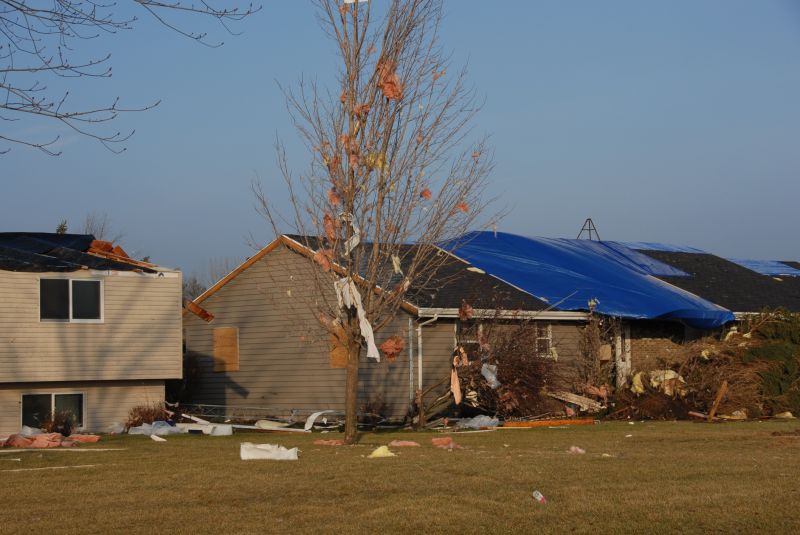
Timely repairs restore structural safety.

Rapid response minimizes damage escalation.
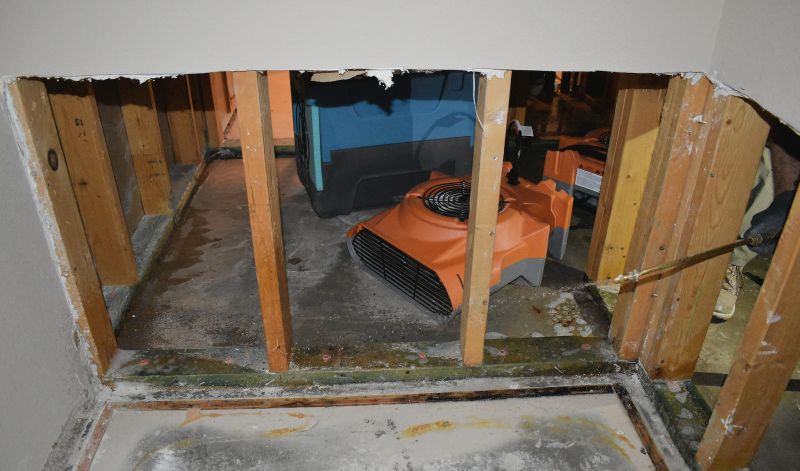
Specialized tools facilitate efficient repairs.
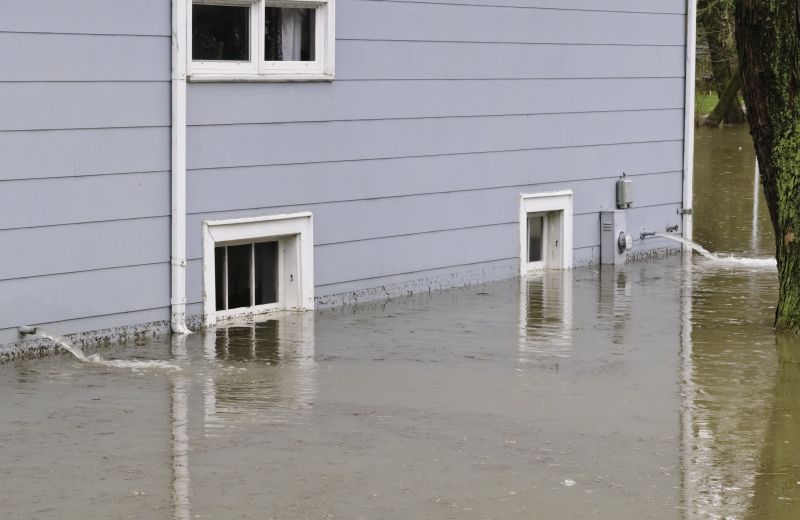
Final results demonstrate effective repair work.

Little measurements that prevent headaches on Storm Restorations day.
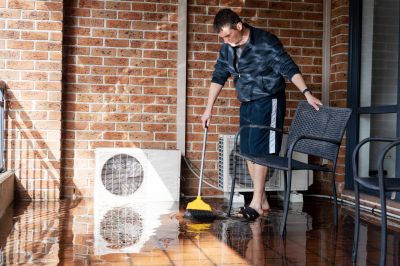
A 60-second routine that keeps Storm Restorations looking new.

A frequent mistake in Storm Restorations and how to dodge it.

Small tweaks to make Storm Restorations safer and easier to use.
Interested parties are encouraged to contact for more information about storm restoration services. Prompt engagement can help plan repairs effectively and minimize the impact of future storms on property integrity.
